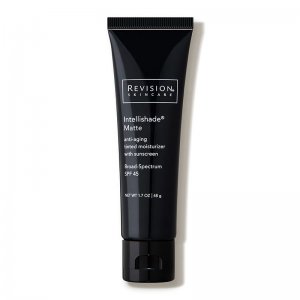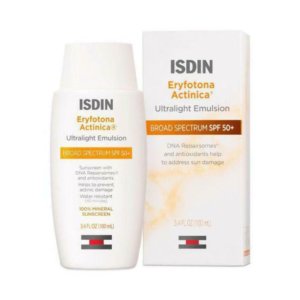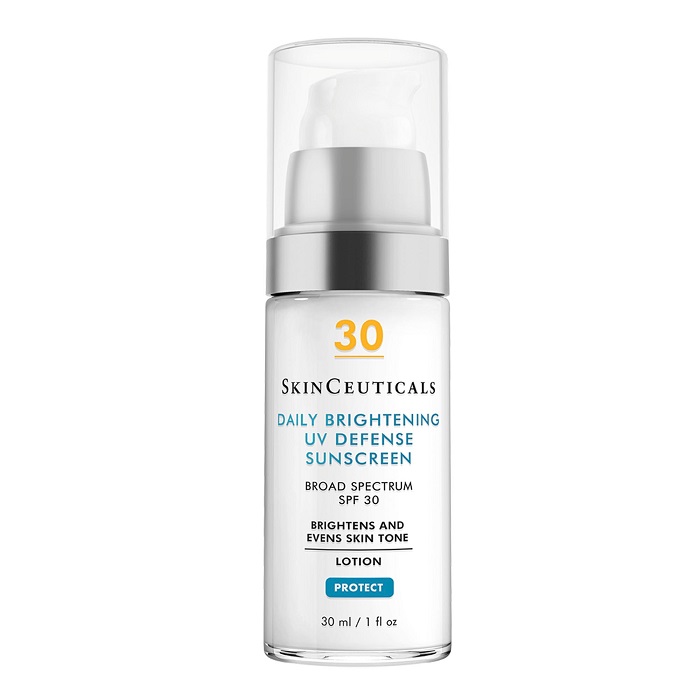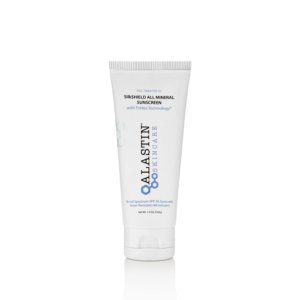How Much Sunscreen Do I Need? And Everything You Should Know About Applying Sunscreen
Sunscreen may be one of the most important elements in any skincare routine, but in order to be effective, sunscreen needs to be applied correctly. According to Dr. Cameron West of U.S. Dermatology Partners in Wichita, Kansas, “Applying sunscreen is always better than skipping it, but to reap the maximum reward from sunscreen, you need to put on the right amount of the right sunscreen often enough to maintain adequate coverage and reduce the risk for sunburn, premature aging, discoloration, skin cancer, and other potential adverse effects of sun exposure.” It can be beneficial to work with a dermatologist to find the right sunscreen for your skin health needs as well as to go over strategies for applying sunscreen effectively. In this blog, Dr. West will review how much sunscreen is necessary to protect skin as well as answer some of the most frequently asked questions about keeping skin safe and healthy during sun exposure in the warm summer months and all year long.
Shop sunscreens online at DermSkincare.com »
How Much Sunscreen Do I Need?
The amount of sunscreen needed to create an adequate protective barrier will vary. If you’re spending a day at the pool in your swimsuit, you’ll have more skin to cover than on a typical day out. However, it’s best to apply more sunscreen than is necessary rather than risk not applying enough. According to Dr. West, “Not applying an adequate amount of sunscreen is one of the most common issues I see that leads patients to experience sunburns and other sun-related skin damage. A good rule of thumb is to apply at least an ounce of sunscreen to fully cover the body.”
How Often Do I Need to Reapply Sunscreen?
When it comes to sunscreen reapplication, Dr. West says, “It’s best to reapply too often rather than not reapply your sunscreen frequently enough. You should always follow the instructions outlined for the specific sunscreen product you’re using. However, reapplication every two hours is typically enough. If you’re swimming or sweating, you may want to reapply more often.”
What SPF Sunscreen Should I Use?
Sun protection factor (SPF) is a number that tells you how much additional protection sunscreen provides in addition to the skin’s natural defenses. Sunscreen with an SPF of 30 will offer sun protection 30 times as long as your skin’s natural protective barrier. Dr. West says, “In theory, you should be able to multiply how long it takes for skin to burn by the SPF to determine how long the sunscreen will protect your skin. So, if you typically burn after 30 minutes and use an SPF 30 sunscreen, it should last for 15 hours. However, this is not the case. Sunscreen wears off quickly due to weather, sweat, rubbing from fabrics, and other factors. It can be more beneficial to think of SPF as an indication of what percentage of UVB rays will be blocked by the sunscreen. SPF 30 typically blocks about UVB rays, SPF 50 blocks about 98%, and SPF 100 blocks about 99%. For most people, an SPF 30 sunscreen reapplied every two hours, is adequate.” The SkinCeuticals Daily Brightening UV Defense Sunscreen SPF 30 provides a lightweight application with UV protection and delivers immediate hydration.
Shop sunscreens online at DermSkincare.com »
Is Broad-Spectrum Sunscreen Important?
Broad-spectrum sunscreen protects skin from both UVA and UVB rays. In the past, dermatologists and skin care researchers didn’t fully understand the way that UVA rays impact the skin. There’s still a misconception that UVA rays are “safe.” While UVB rays are the most significant contributors to short-term skin damage like sunburns, UVA rays can contribute to long-term skin damage, including premature aging and skin cancer. To prevent both the short and long-term impact of sun exposure, it’s important to choose a broad-spectrum sunscreen.
What Sunscreen Application Method Works Best?
According to Dr. West, “Today, you can find sunscreen in lotion, powder, spray, stick, and other application methods. As long as you can apply sunscreen effectively and you’ll use it consistently, the application method isn’t as important as ensuring that the label specifically states that the sunscreen is in fact broad spectrum.”
Should I Take Other Steps to Protect Skin from Sun Damage?
In addition to using sunscreen every day, you can take a few other sun protection steps to prevent short and long-term sun damage. The goal should always be to minimize sun exposure and protect the skin. Specifically, you can take the following steps before, during, and after sun exposure:
Before Sun Exposure
- Apply sunscreen as described above
- Use vitamin C and antioxidant serums regularly to strengthen skin and protect against sun damage
- Use moisturizers to keep skin looking and feeling hydrated
During Sun Exposure
- Reapply sunscreen at least every two hours, more frequently if you’re going to be sweating or in the water
- Take breaks regularly during prolonged sun exposure by going indoors or seeking shade regularly
- Wear long sleeves and/or pants, hats, sunglasses, gloves, and other protective clothing as necessary to prevent sun damage. When possible, use sun-protective clothing, labeled UPF, to help prevent sunburn and sun damage.
- Avoid or minimize sun exposure during peak hours between 10 am and 4 pm
After Sun Exposure
- Clean sunscreen off the skin at the end of the day to prevent irritation, clogged pores, and other issues related to sunscreen residue on the skin
- If you have a sunburn, make sure to apply aloe vera and other soothing treatments right away
- Check your skin once a month for new or changing moles, lumps, or lesions
Shop sunscreens online at DermSkincare.com »
Visit Your Dermatologist for Annual Skin Exams
In addition to applying sunscreen correctly, choosing the right options, and taking steps to protect the skin before and after sun exposure, you should also visit your dermatologist once each year for a professional skin exam. During these visits, your dermatologist will examine your skin for signs of sun damage, including skin cancer. They can also offer personalized recommendations to protect skin from sun exposure, heal skin following damage, and keep skin looking and feeling its very best. To get started, simply take a few moments to complete our online scheduling request form. Once we receive your request form, a team member will be in touch to finalize the details of your upcoming visit.
Find a location near me
or






